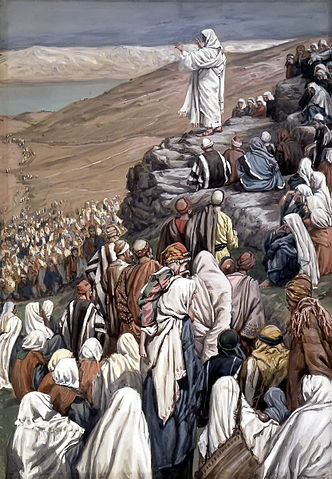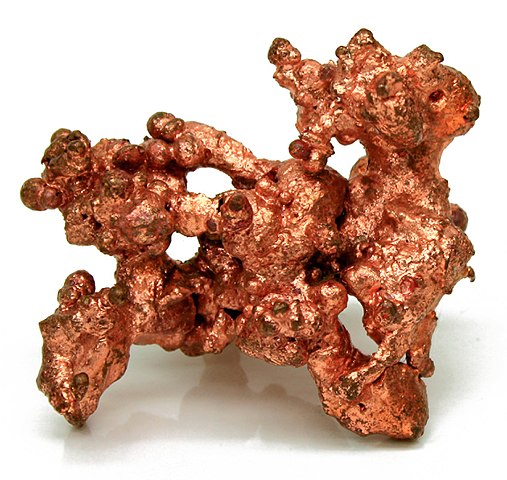We just learned about the African country of Mozambique.
Madagascar is an island country in the Indian Ocean off the Southeast coast of Africa.
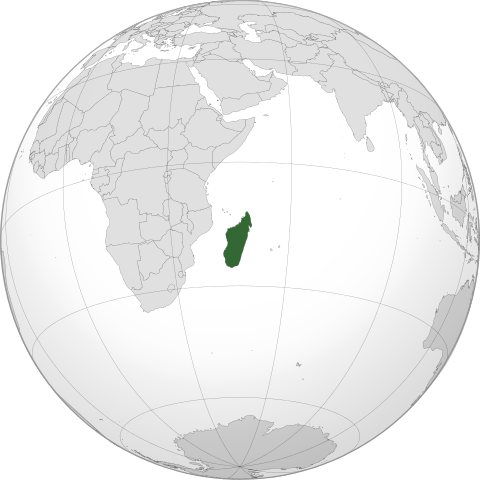
(from: wikipedia - madagascar)
The flag of Madagascar is white, red and green.
The red and white are for an old kingdom called the Merina kingdom, and the green was the color of the poor people in the country.

(from: wikipedia - flag of madagascar)
To eat in Madagascar you might have voanjobory sy henakisoa, which is a type of groundnut cooked with pork.
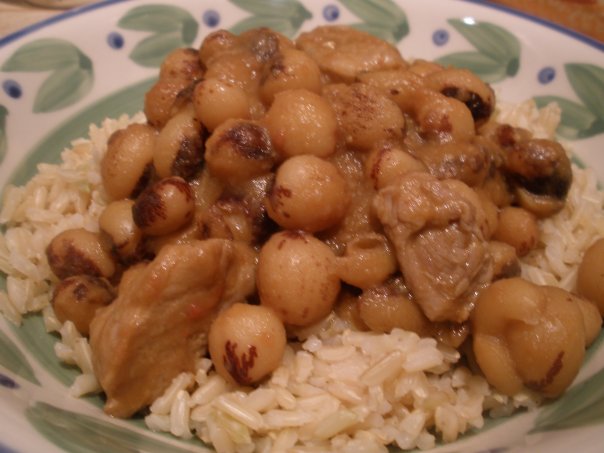
(from: wikipedia - malagasy cuisine)
A musical instrument in Madagascar is called the valiha, which is like a long tube with guitar strings strapped to the outside of it, that you play like a guitar.

(from: wikipedia - valiha)
In Madagascar they have a custom called famadihana, where every seven years families dig up the bodies of their famiy members who died long ago, wrap them in fresh cloth, then dance around their burial tombs.
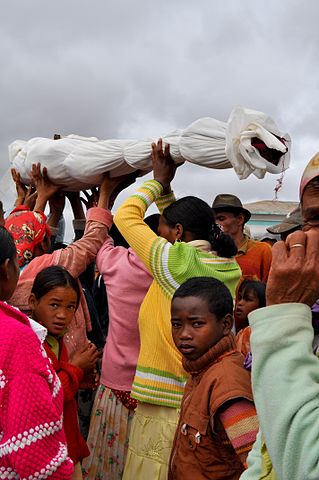
(from: wikipedia - famadihana)
Kid Facts - Blast from the past: Poland
